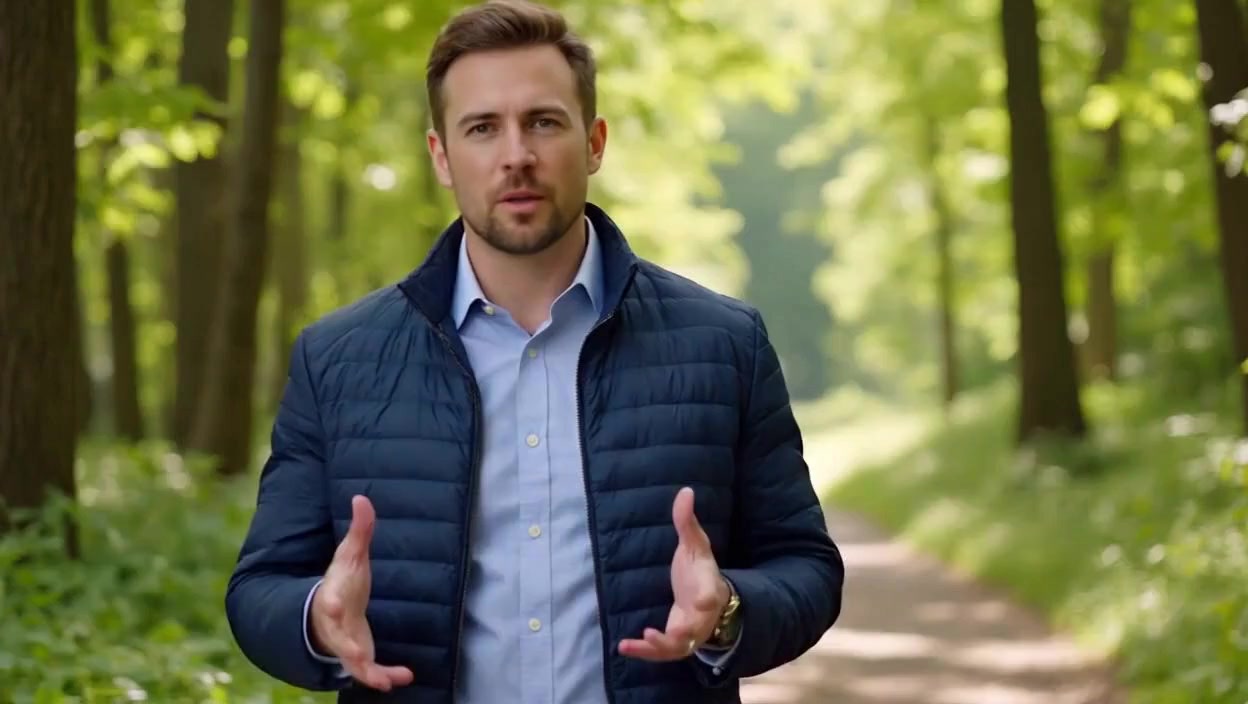How to Invest $2M During a Recession 💰 (Former Financial Advisor's Strategy)
Michael Carter, ex-portfolio manager, breaks down his recession-proof $2M investment strategy while walking through a peaceful forest. Learn the exact allocations that provide safety, income, and growth potential during economic downturns! #InvestmentAdvice #RecessionStrategy #FinancialFreedom
How to Invest $2M During a Recession: A Former Financial Advisor’s Bold Strategy
Navigating a recession can feel like walking through a dense, uncertain forest—each step requiring careful consideration. But what if you had a guide who knew the path, someone with unmatched experience, to show you where growth and stability coexist? Enter Michael Carter, a former financial advisor and portfolio manager, who’s breaking down his tried-and-true investment strategy for $2 million during an economic downturn.
As Michael strides confidently through a serene forest, he unfolds his expert playbook for high-net-worth individuals concerned about recession-proofing their finances. Here’s how he would split the money:
1. $400,000 in T-Bills
Think of this as your safety net. Michael suggests placing 20% in Treasury Bills through funds like SGOV. Not only does this allocation safeguard liquidity, but it also prepares you to seize market opportunities when others are hesitant.
“Cash gives you the power to buy low when others are panicking,” Michael explains, reinforcing why this strategy works amidst market uncertainty.
2. $800,000 in Defensive Sectors
“Essentials never go out of style,” Michael says with a smile, recommending that 40% of your portfolio be invested in consumer staples, healthcare, and utilities. He provides specific picks like VDC, XLV, and XLU, sectors that thrive when the economy doesn’t.
Bonus tip: Check out dividend ETFs like VYM, which provide steady income even during market dips—your financial safety harness!
3. $600,000 in Real Estate
Real estate doesn’t just survive; it often thrives in downturns. With $600,000 (30%) aimed at REITs like VNQ, Michael highlights stable rental income and real estate’s innate ability to hedge against inflation.
“Reliable income streams and physical assets—this allocation adds a backbone to your portfolio,” Michael states.
4. $200,000 in the S&P 500
No recession lasts forever, and when recovery comes, the markets respond with force. By investing 10% in a fund like VOO, tied to the S&P 500, you’re positioning yourself to capture inevitable rebounds. “You don’t want to be holding just risk-off assets when the market takes off,” Michael advises.
Walking through the lush forest, where sunlight filters through tall trees, Michael’s message becomes clear: balance is key. His experience and straightforward demeanor make it easy to trust his judgment. If you resonate with the theme of steady growth and calculated moves toward financial freedom, this investment roadmap is the stepping stone you need.
Invest smart. Stay prepared. And remember, just like a strong forest, a well-balanced portfolio weathers every storm.
Ready for more strategies like this? Save this post and follow for updates. Together, we’ll navigate your financial journey!
#InvestmentAdvice #RecessionStrategy #BalancedGrowth #FinancialFreedom






Tip: Use this prompt in Reela'sAI Video Generator to easily create your own unique version in minutes.




